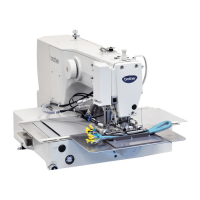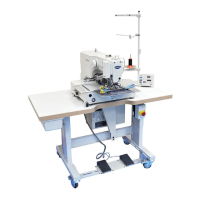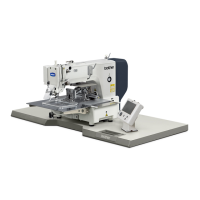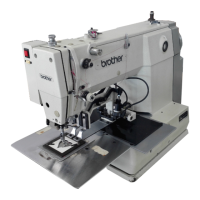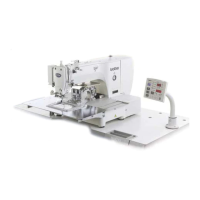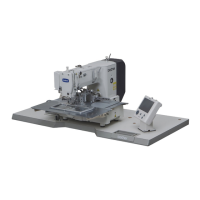Why is the lower thread not tight on my Brother BAS-300G-484/484SF Sewing Machine (0574M)?
- EErin RodriguezSep 7, 2025
If the lower thread is not tight on your Brother Sewing Machine (0574M), it could be because the lower thread tension is weak (increase the lower thread tension) or the upper thread tension is too strong (reduce the upper thread tension).
